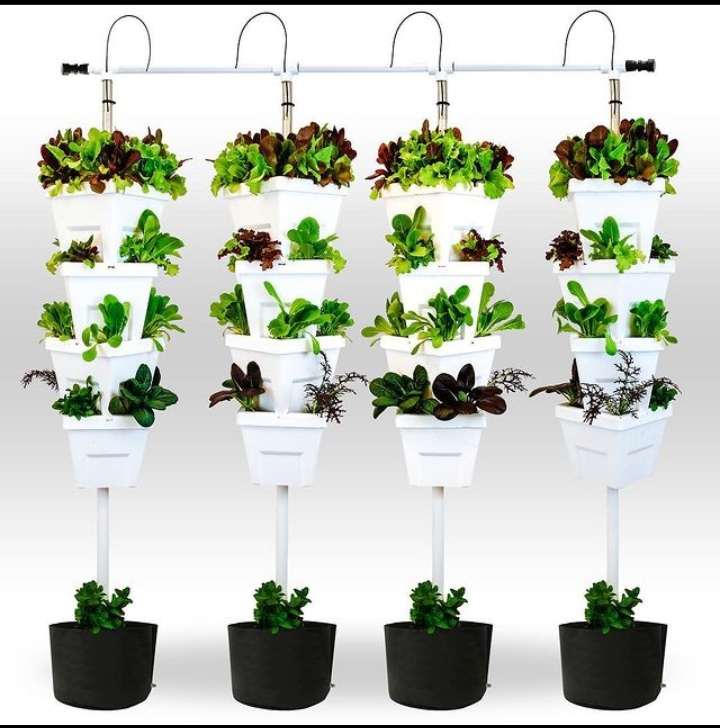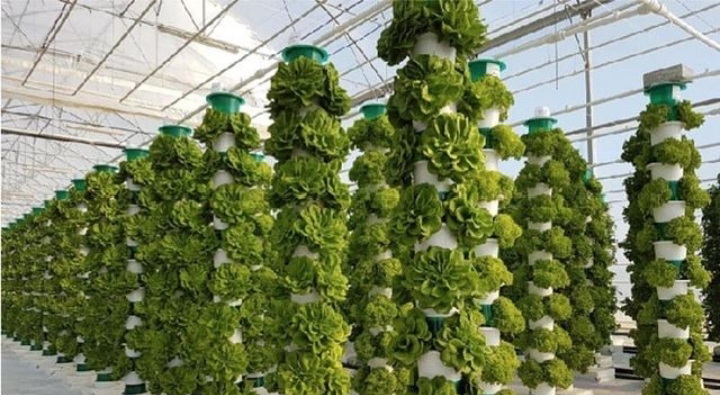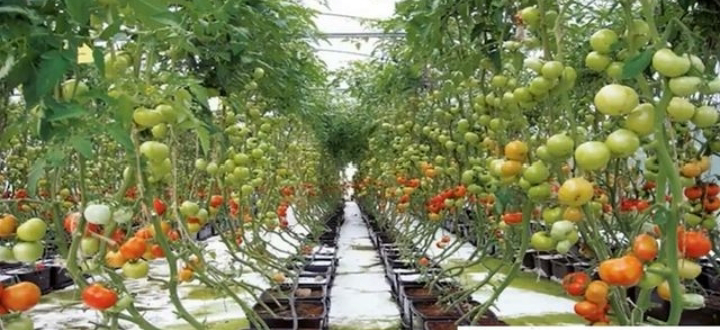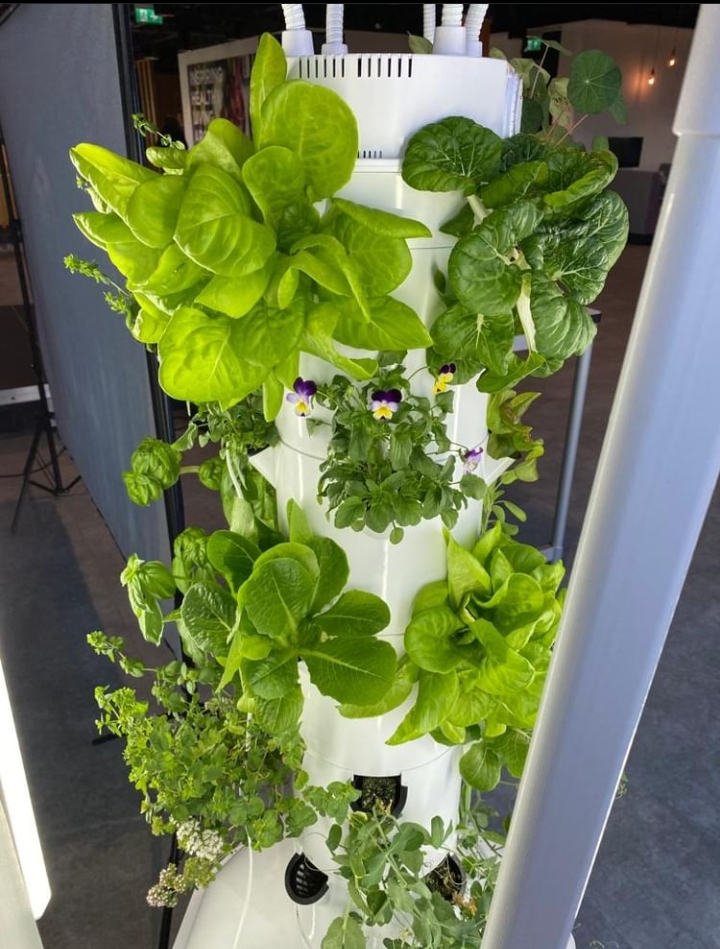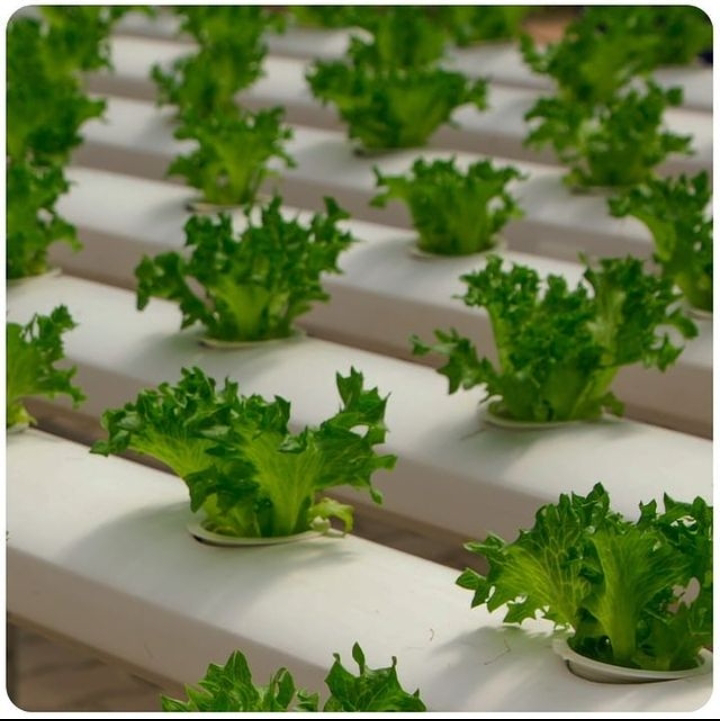Vertical hydroponic gardening
1. Structure: The vertical hydroponic system consists of stacked or tiered trays or shelves, allowing plants to grow upward. The structure can be made of various materials, such as PVC pipes, gutters, or specialized vertical towers.
2. Nutrient solution: Instead of soil, plants receive their nutrients through a water-based solution that contains essential minerals and nutrients. This solution is circulated through the system, ensuring all plants get the required nourishment.
3. Growing medium: Some vertical hydroponic systems may use a growing medium like coconut coir, perlite, or rockwool to support plant roots and retain moisture.
4. Water circulation: The nutrient solution is typically delivered to the top tray and allowed to flow down through the system, reaching each plant's roots. The excess solution is collected and recycled to minimize wastage.
5. Lighting: Adequate artificial lighting is crucial for indoor vertical hydroponic gardens, especially in locations with limited sunlight. LED grow lights are commonly used as they provide the right spectrum for plant growth.
6. Plant selection: Various vegetables, herbs, and even some fruits can thrive in vertical hydroponic systems. Common choices include lettuce, spinach, basil, and strawberries.
7. Maintenance: Regular monitoring of the nutrient levels, pH balance, and water circulation is essential. Pruning and harvesting should also be done as needed to ensure healthy plant growth.
8. Benefits: Vertical hydroponic gardening maximizes space utilization, reduces water usage, and minimizes the risk of pests and diseases associated with traditional soil-based gardening.
9. Challenges: Initial setup costs and the need for proper lighting and nutrient management can be challenges. However, the long-term benefits can outweigh the initial investment.
Overall, vertical hydroponic gardening is an innovative and efficient way to grow plants indoors or in limited spaces, providing fresh produce throughout the year.
